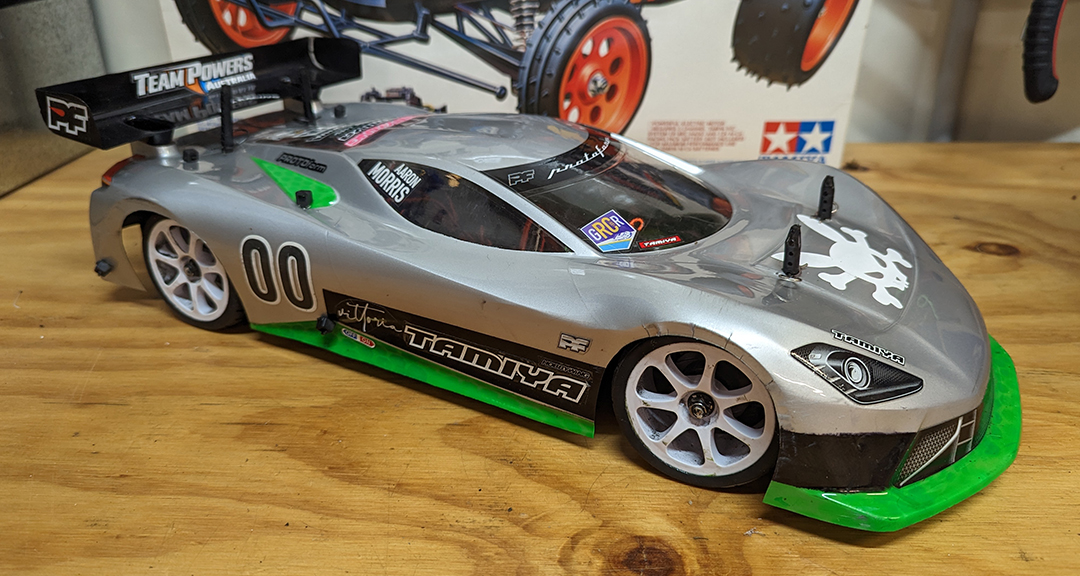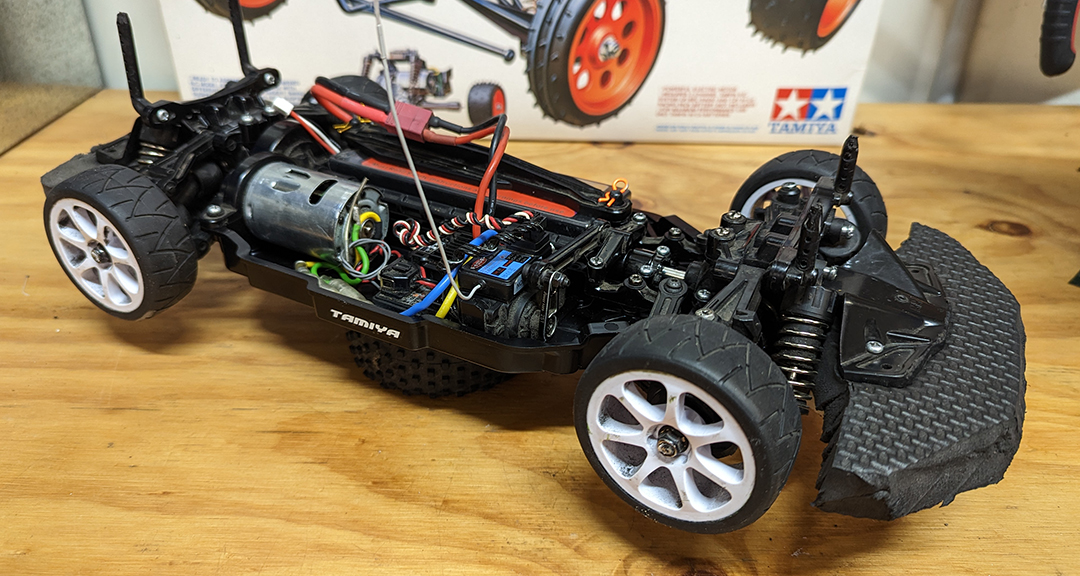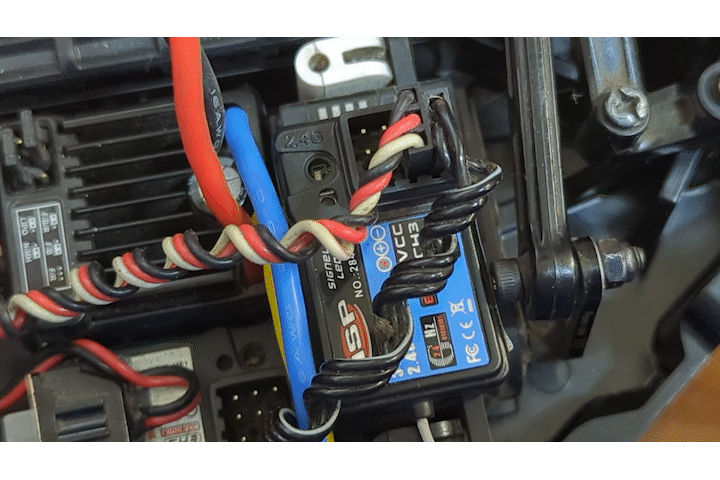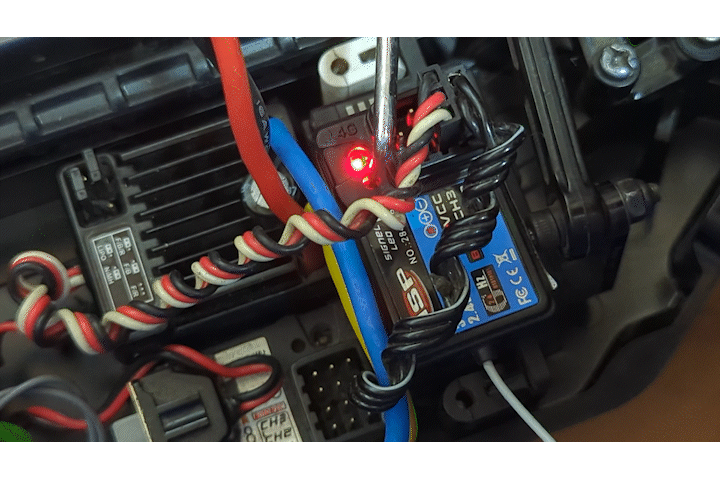How to: Set a Fail Safe
Want to double check your cars’ receiver fail safe is set properly? Read on! Or to watch this blog in it’s original video form, click here.
The fail safe is designed to prevent runaways when the receiver loses signal with the transmitter; either due to low battery signal, interference or the rc model being driven out of range.
The fail safe is a clever built-in system into most hobby-grade 2.4 gigahertz radios and when set correctly, can be a real car saver. I've seen my fair share of expensive models run away at full speed with the driver in hot pursuit on foot. Unless you can run upwards of 50km/h, you probably aren’t going to catch your car before it crashes.
Essentially, the fail safe is a default position for channel 2, which is your throttle channel.
I'm going to show you how to set up the fail safe correctly on both a petrol and electric rc car as they will be different due to the braking systems
Petrol and nitro-powered cars use a mechanical brake and electric cars use a motor braking system. Let's start with setting the failsafe on an electric rc car.
I've got my trusty Tamiya TT-02, which has happily volunteered to be demonstrated on.

Let us start by checking where the failsafe is set - to do this we'll need to simulate signal loss.
Quick tip: whenever testing or checking your failsafe, make sure your engine isn't running or that the wheels on your electric rc car are removed, or at least up off the ground.

First, turn on the transmitter and then the car as normal, then turn the transmitter off.
The led on the receiver will start to flash slowly to indicate the signal has been lost.
Then, check where either the throttle servo or ESC defaults to.
If set correctly the throttle servo should go to the brake position to pull the car up to a stop, and if you have an electric rc car it should be set to neutral as the ESC is generally programmed to apply the drag brake. Either way, the wheels shouldn’t be moving.
What we don't want to happen is for the throttle servo to go full throttle or the ESC to go either forward or backwards when the signal is lost from the transmitter.
If you need to set your failsafe correctly, turn on both the transmitter and receiver and then hold the desired position - either full brake for petrol powered models or neutral for electric cars. Then, press and hold the set button on the GR3E receiver until it flashes red, then goes solid. This indicates the failsafe has been set.

Double check to ensure it has been set correctly before taking it out for its first run, or you’ll be going for a run as well.
If all is well, take your car out for a drive knowing signal loss won’t cause a crash – only you can do that.
